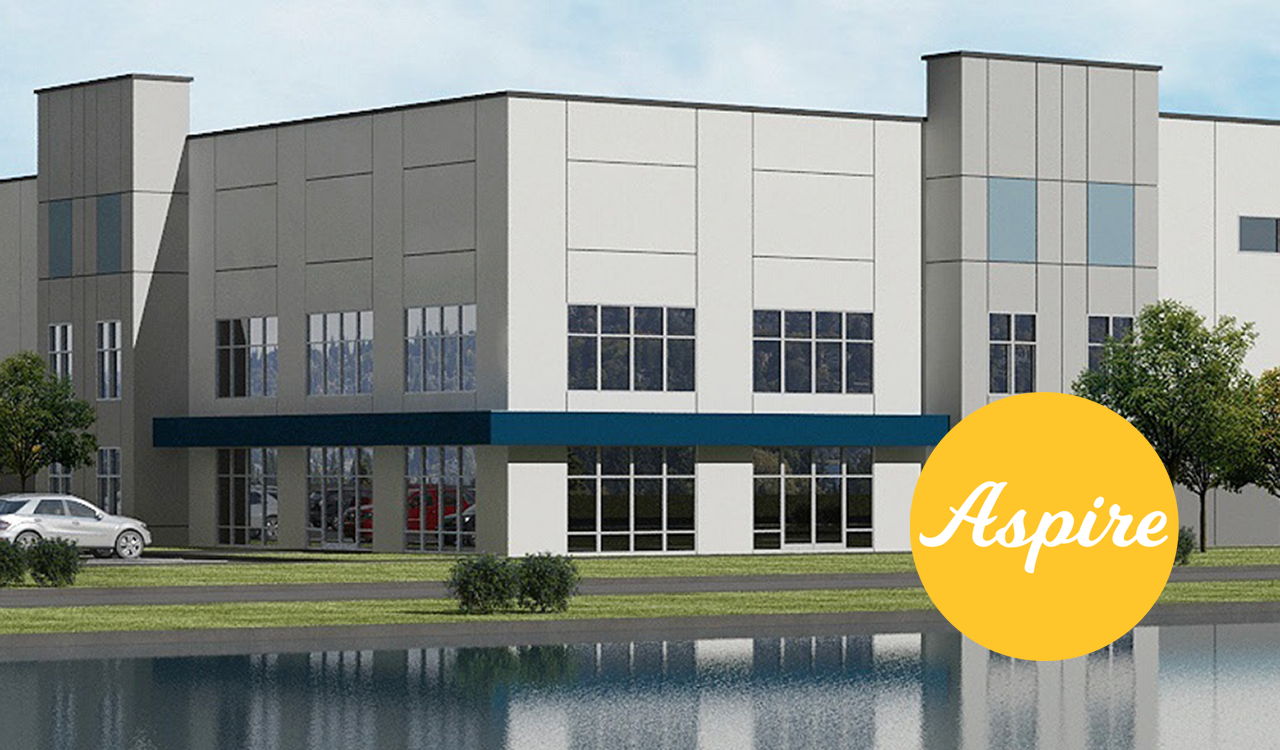Johnson County Communities Get a Makeover: Updates to Town and City Comprehensive Plans

Communities in Johnson County like Greenwood and Whiteland are opening the doors to their residents and inviting them to participate in the comprehensive planning process. Municipal governments have democratized decision-making by sending out online surveys open to their citizens who are interested in sharing their thoughts, ideas, comments and critiques with the planning teams.
A “comprehensive plan” or “master plan” is the official document of a local community that sets the policy guidelines for its development and growth. When towns and cities change over time, their leaders are faced with new policymaking decisions every day, from putting up a stop sign to planning where to build housing, the comprehensive plan is meant to be their playbook for making those decisions.
The Town of Whiteland is pursuing a $50,000 grant from the Indiana Office of Rural Affairs to update their comprehensive plan. They are using an online survey to gauge public opinion on where development in the Town is succeeding and where it is lacking.
“This will be a complete overhaul of our comprehensive plan and will include multiple phases that will include gathering sessions with Town leadership, residents, businesses, etc.,” said Carmen Young, Community Development Director for the Town of Whiteland. “The intended results are to cast a vision into the next 5-10 years on the future of the Town’s growth and development.”
Young identified the four major phases in Whiteland’s planning process:
1. Casting a vision: setting up a committee, holding initial meetings, data collection and creating a demographic profile of the community.
2. Reaching a consensus: creating a project website, holding public workshops, stakeholder interviews and creating a public participation report.
3. Forming the Plan: creating committee workshops to review public participation, updating goals and an open house to the public to share initial findings and creating a rough draft of the plan.
4. Practical Action Steps: creating an action plan, committee workshop, public draft, presentation and video. Finally, creating the final draft and presenting it to the Town Plan Commission and Town Council for adoption.
Comprehensive plans will need to be designed to fit the specific and varied needs of each community. As Whiteland updates its comprehensive plan to focus on smart growth as a small town, Greenwood will be remaking its comprehensive plan to reinvest in mature commercial corridors, established neighborhoods and the downtown area.
“The Greenwood Comprehensive Plan is undergoing significant changes. Instead of updates, it is being entirely rewritten with input from current residents,” said Gabriel Nelson, Planning Director for the City of Greenwood.
The City’s project website is Plangreenwood.com, which residents can go to for updates on the new comprehensive plan process or to participate in the survey.
“The main components include future land use recommendations and future transportation,” said Nelson.
Although their plans will be designed very differently, Greenwood’s planning and decision-making process is not unlike Whiteland’s.
“The decisions are made through a process of data collection, gathering input from the community, assessing current conditions, setting goals, developing a strategy to make sure those goals can be implemented, forming the plan, and adoption at Common Council,” said Nelson.
The City of Greenwood will be working with planning and architecture firm, HWC Engineering, on creating and executing the vision of the new Comprehensive Plan.
“The big picture of what we’re doing is that we are going to be organizing the plan around the city’s existing four pillars: public safety, economic development, infrastructure and quality of life,” said Adam Peaper, Project Manager at HWC Engineering.
Peaper noted that a comprehensive plan is crucial for businesses and economic development because it creates the framework that will help business determine proper development locations, where necessary infrastructure will be and what the City’s goals are.
Since businesses rely on transportation infrastructure, water and other utilities as much as residents, they have a vested interest in where and how the city will develop. “The comprehensive plan provides a more predictable process for business owners, property owners and city staff,” said Peaper.
